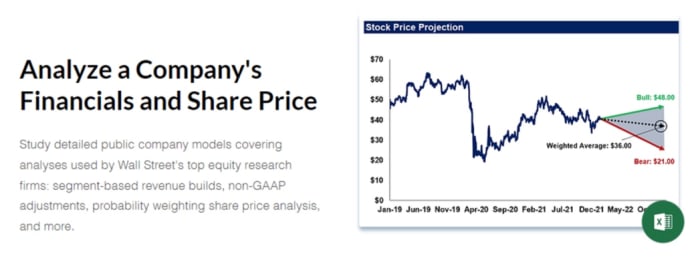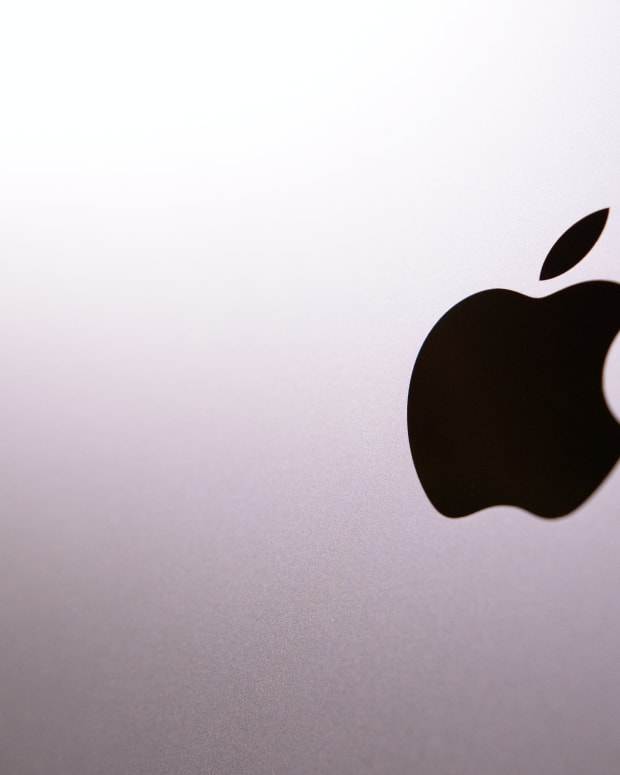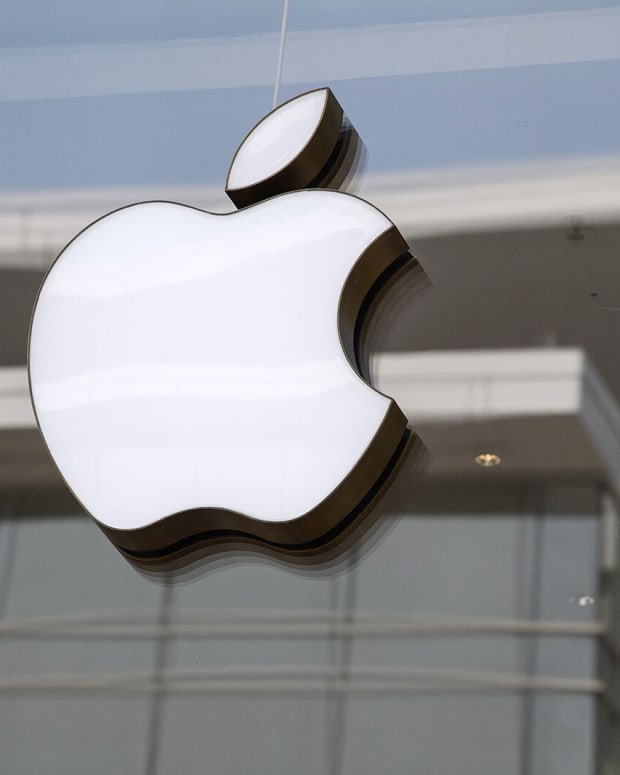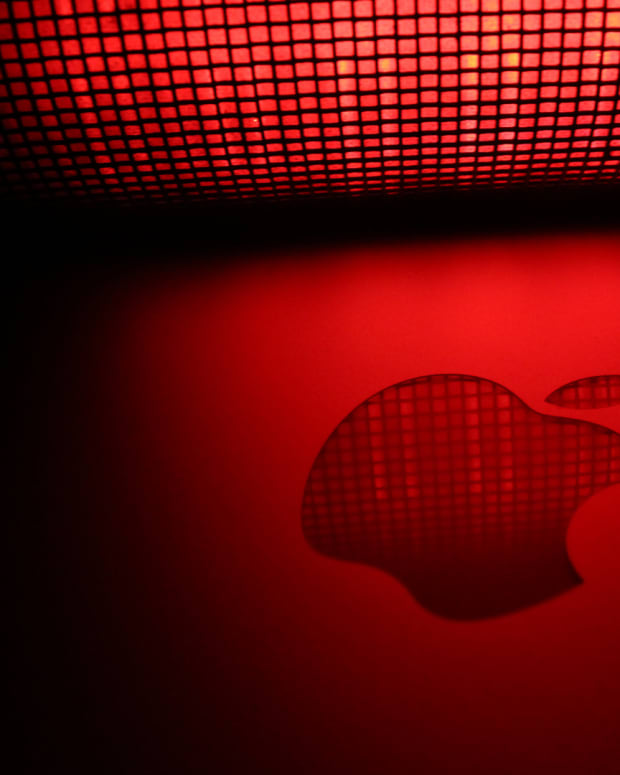Apple Stock: iPhone 14 Pro Fears Could Be An Opportunity
Apple stock AAPL dipped by as much as 1.9% on Monday morning. The culprit: through a very brief press release, the Cupertino company preannounced weaker-than-expected iPhone 14 Pro and Pro Max sales in the holiday quarter.
These two smartphone models have been at the core of many analysts’ investment thesis. Will lower fiscal Q1 shipments spell trouble for the bullish story?
I think not. In fact, any meaningful pullback in stock price on this piece of news could be an opportunity to buy cheaper AAPL shares. Below, I explain why.
Why iPhone worries could be an opportunity
Apple was very clear on why the company expects lower iPhone 14 Pro and iPhone 14 Pro Max shipments than previously anticipated:
“COVID-19 restrictions have temporarily impacted the primary iPhone 14 Pro and iPhone 14 Pro Max assembly facility in Zhengzhou, China. The facility is currently operating at significantly reduced capacity. [But] we continue to see strong demand for iPhone 14 Pro and iPhone 14 Pro Max models.”
Therefore, the issue is supply-related, not demand-driven. This can be verified, to an extent, by looking at lead times – the number of days that it takes for an iPhone Pro order to be fulfilled and for the device to ship.
In the fourth week of October, “the iPhone 14 Pro and Pro Max saw their times shift from 24 days each” to 31, according to AppleInsider. Such moves are usually associated with supply not being robust enough to meet demand. Today, the lead time is already pushing 37 days.
Revenue recognition rules in the US dictate that sales can not be booked until ownership and control of the product have been transferred to the buyer. If lead times remain above one month, Pro and Pro Max devices sold at the end of November ahead of the holiday festivities risk not being included in Apple’s fiscal Q1 revenue number.
Remember Apple’s 2020?
This story reminds me of the first year of COVID-19. Ahead of that holiday season, iPhone 12 sales were at risk of disappointing due to the delayed launch of Apple’s first 5G smartphone model – all due to pandemic disruptions. Below is what iPhone sales looked like in the September quarter: -21% YOY.
Probably not unlike today, the iPhone 12 issues back then were caused by supply only, as demand remained robust. Then, segment sales growth caught up quickly over the following few quarters, even overshooting to the upside. See the bars highlighted in orange below.
Could the same happen in the 2022 holiday quarter and the first few months of 2023? If the strong demand story holds any water – and it probably does – then I believe that lost sales in the December period will merely shift into calendar 2023. This is not enough of a reason, in my view, for Apple investors to panic and ditch their shares.
Key takeaway on Apple stock
I maintain my view that Apple stock could continue to suffer in the short term due to market volatility. In fact, I speculated that AAPL could dip back to $130 when it was trading at around $150 only a few weeks ago, which almost ended up happening late last week.
But in the long term, buying AAPL on sharp pullback will likely prove to be a smart move. Apple stock is currently sitting 25% below all-time highs, and the iPhone 14 Pro supply story could put further pressure on the share price. Such a discount looks compelling to me.
Land a Top Equity Research Job with Peak Frameworks
Equity research is a great career path that combines deep industry analysis and financial modeling, while exposing you to the strategic frameworks of many different types of investors in the stock market.
Many students have used the Peak Frameworks Equity Research course to break into the industry out of school, or to transition into the field from a non-finance career path. The lead instructor has experience working at Goldman Sachs and J.P. Morgan and was involved in the recruiting process at both banks, so you’ll get a comprehensive view of the skills you need to get and prepare for an interview.
To learn more, click on this link and use the code APPLEMAVEN10 for 10% off the course.
(Disclaimers: this is not investment advice. The author may be long one or more stocks mentioned in this report. Also, the article may contain affiliate links. These partnerships do not influence editorial content. Thanks for supporting the Apple Maven)














